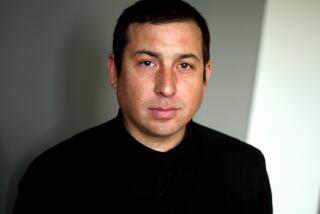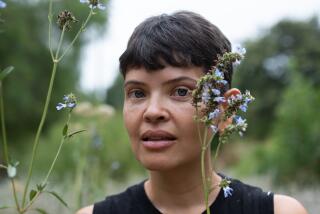CULTURE WATCH : Just Like Clockwork
- Share via
Many were appalled by the violence portrayed in the 1962 novel “A Clockwork Orange,” especially in the film version nine years later. Alas, author Anthony Burgess’ bleak vision of a future society ravaged by violence has turned out to be uncomfortably close to the mark.
Burgess, 76, died in London Thursday, a day after two 11-year-old boys were convicted of murdering a 2-year-old in a case that stunned Britain. In the United States we struggle to grasp similar crimes: Children die in drive-by shootings at the hands of only slightly older children. And November brought special reminders of lethal violence--the 30th anniversary of a president’s assassination and belated congressional passage of a law requiring a five-day wait before buyers can pick up handguns.
Burgess wrote of sociopaths called “droogs” who spoke a language often indecipherable by outsiders and who roamed the land in search of victims to beat and rape as a protest against a conformist society. A besieged Establishment responded by sitting criminals before television screens in a torturous procedure designed to change their behavior.
Today’s versions of droogs are just as horrifying as Burgess’ characters. In their travels over the urban landscape they often are armed with the best weaponry money can buy; their shadow lies heavy on a shaken society.
In a country where too many children proclaim a fear of early and violent death, where too many adults dare not venture out at night, Burgess unfortunately must be considered more a realist than a satirist.
More to Read
The biggest entertainment stories
Get our big stories about Hollywood, film, television, music, arts, culture and more right in your inbox as soon as they publish.
You may occasionally receive promotional content from the Los Angeles Times.










